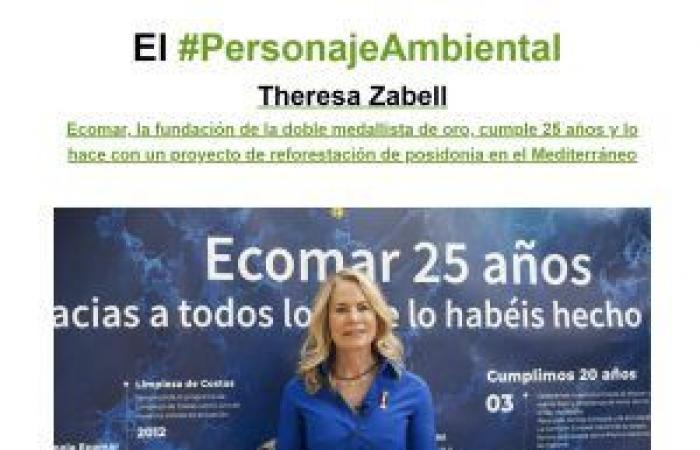Javier Albisu.- Brussels.- The EU is manufacturing virtual replicas of the Earth to better understand the planet and anticipate the effects of climate change. And it is the turn of the oceans, whose mysterious depths have a digital twin to support marine scientists, predict natural disasters or satisfy the curiosity of citizens.
“We do this to protect and restore the health of our oceans. Only by understanding them well can we protect them,” said European Commissioner for Innovation and Research Iliana Ivanova at the launch of the European Union’s Ocean Digital Twin.
The project that is now seeing the light has a lot of computational muscle, backed with 10 million euros of community funds to create it and another 15 million a year to evolve it.
Their task is to bring cutting-edge digital modeling tools to saltwater ecosystems to help academics, fishermen or politicians with science and data.
It started in 2022 and has just launched its first pilot underwater world. Within a year it will have reached a planetary scale, still in the testing phase, and the work will be completed in 2030.
“It is designed to learn, to evolve,” stressed the commissioner, who encouraged citizens to dive into this aquatic world built from huge data packages (https://dive.edito.eu/).
Algae, plastics and turtles
The applications of the system are as varied as one can imagine, from helping Irish oyster farmers know how to improve coastal conditions to encourage the proliferation of mollusks to better preserving the tourist coasts of the Balearic Islands.
Belgian oceanographer from Mercator Ocean International Simon Von Gennip explained that he has created an application to combat marine plastics, which in the sea occupy an area equivalent to Belgium and projections predict that this layer of garbage will double its extent by 2030.
“We can simulate the path of plastic once in the ocean,” commented the scientist about this tool to track the waste that humans throw into the sea and predict its behavior based on tides, wind or underwater currents.
40% of the world’s population lives in coastal areas and their degradation will imply a worsening of their living conditions, a premise that has served the German scientific institute Hereon to project simulations of seagrass meadows that can serve as barriers to limit sea erosion. coastline and also capture CO2, explained scientific coordinator Kelli Johnson.
The digital photocopy of the deep sea also makes it possible to simulate heat waves or interactively visualize the dispersal of juvenile turtles from different nesting beaches and the associated oceanographic data, which will serve to better understand how these reptiles behave in a changing marine environment due to the climate change and anthropogenic impacts for these animals.
“We know that we have to act urgently to restore our oceans. We know that we do not know many of the things we should know to act appropriately,” summarized the head of the EU Mission to Restore Our Oceans and Waters, Pascal Lamy.
The former director general of the World Trade Organization (WTO) added that accessing that knowledge would take several more decades with the technologies we have been using for 150 years.
“And we know it would be too late,” Lamy said of a tool designed to help preserve the good health of marine ecosystems.
Large family
The family of digital twins of the blue planet is growing, as the oceanic replica joins the first two terrestrial virtual copies that the European Commission presented this Monday to simulate the effects of climate change, a kind of technological crystal ball with precision unprecedented generated thanks to supercomputing and artificial intelligence.
The “Destination Earth” project, located in the LUMI supercomputer data center in the Finnish town of Kajaani, has been developed since 2021 with an initial investment of more than 200 million euros, to which another 168 million will be added in the next two years.
The modeling generated will provide information for the sectors most affected by climate change and will allow the simulation and prediction of complex phenomena that affect agriculture, forestry, renewable energy or water. EFEverde
jaf/cat/crf


